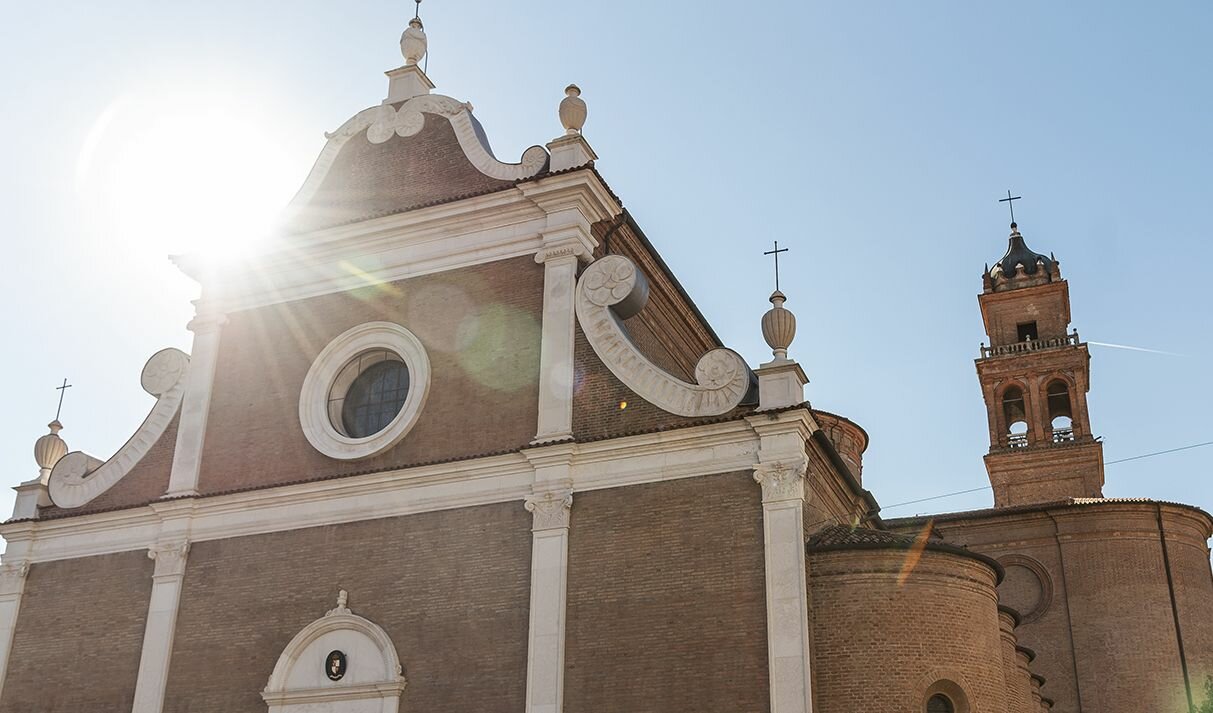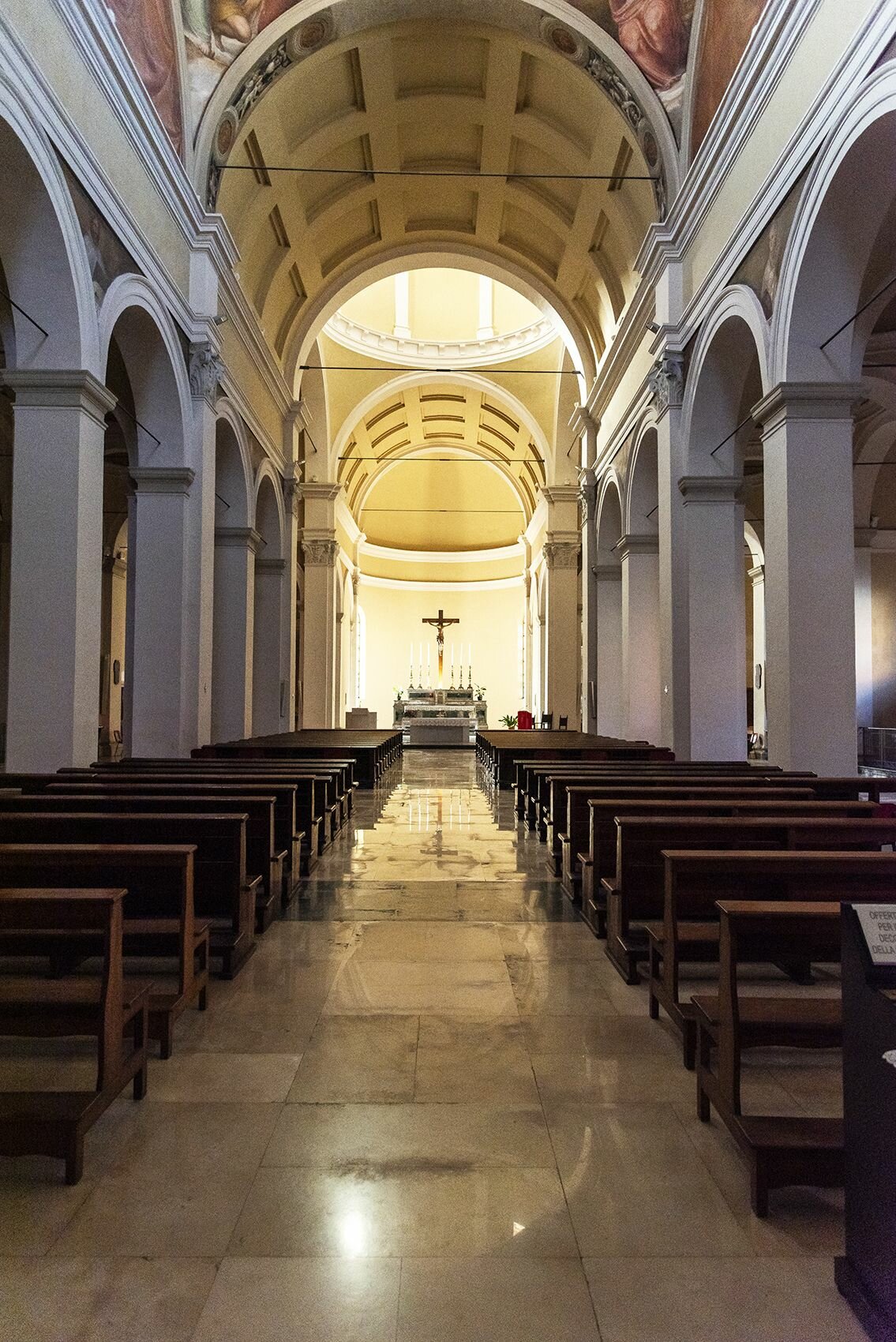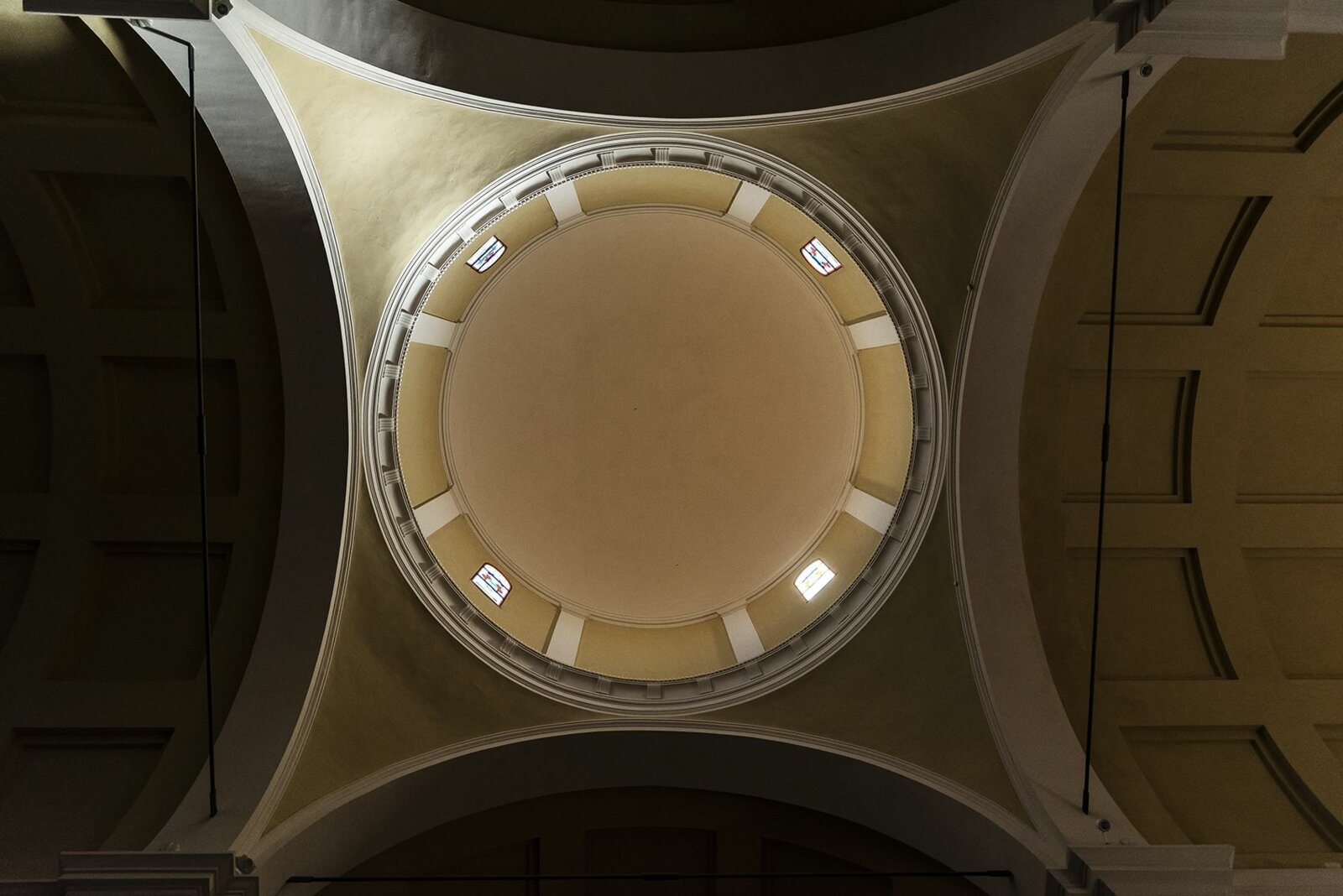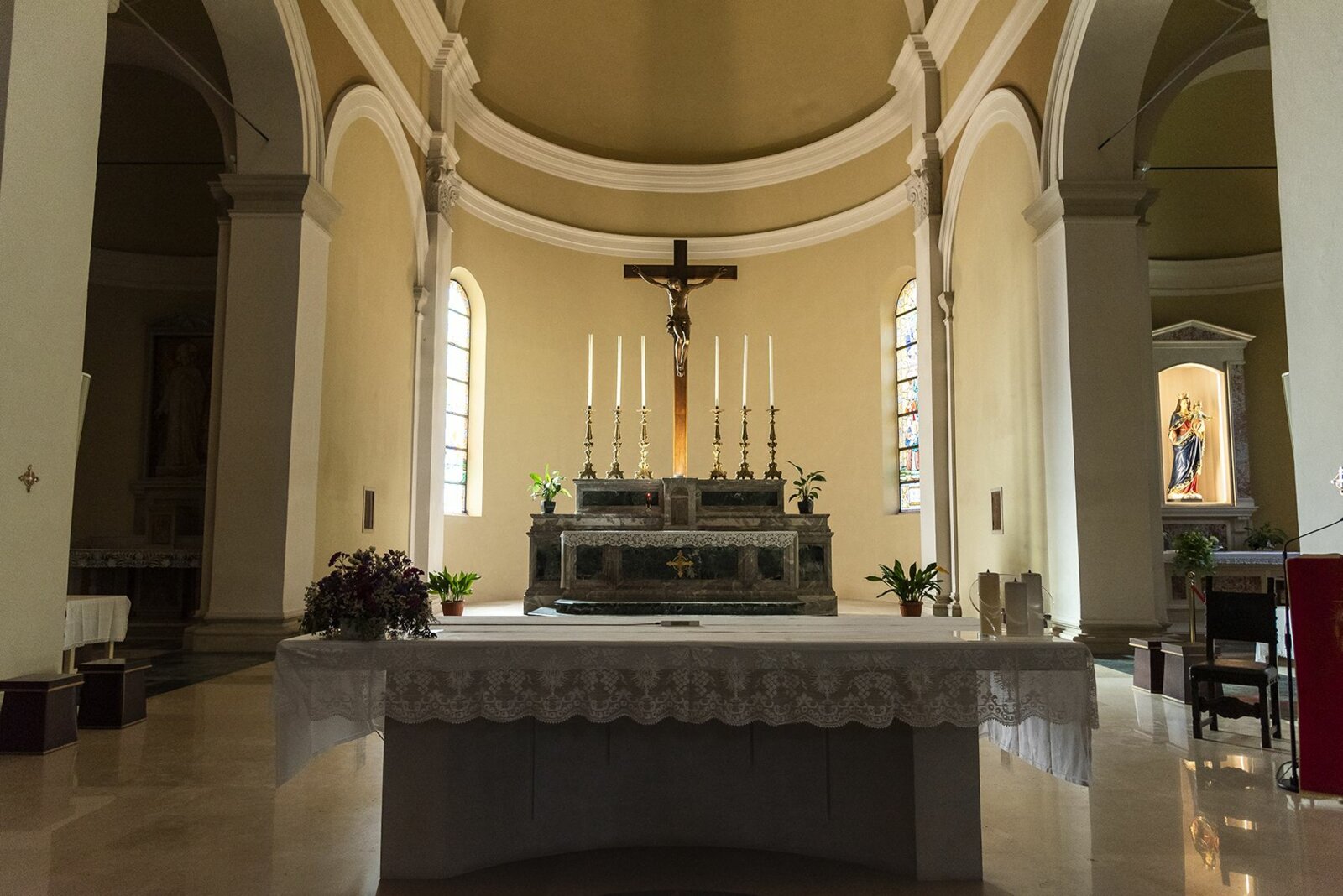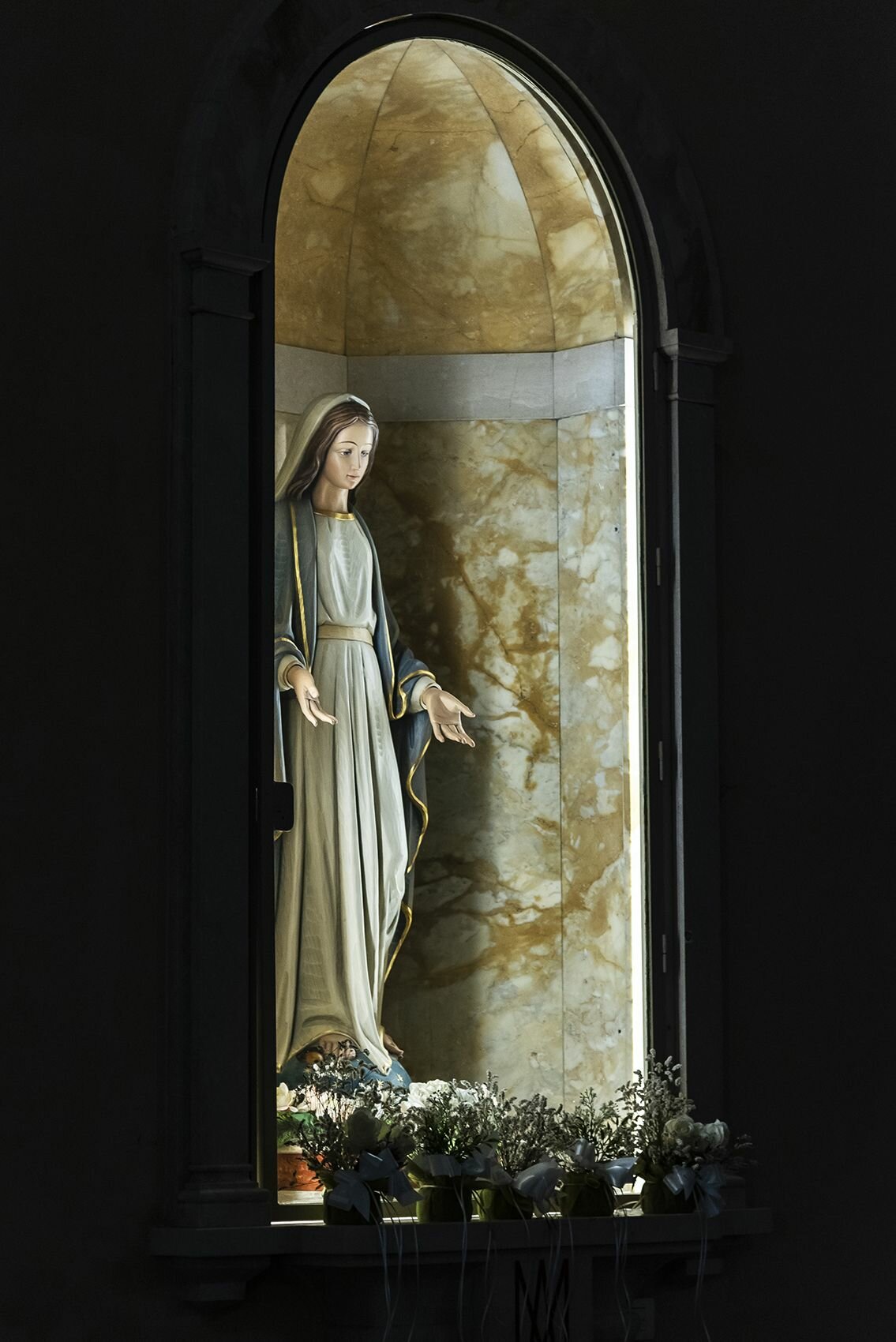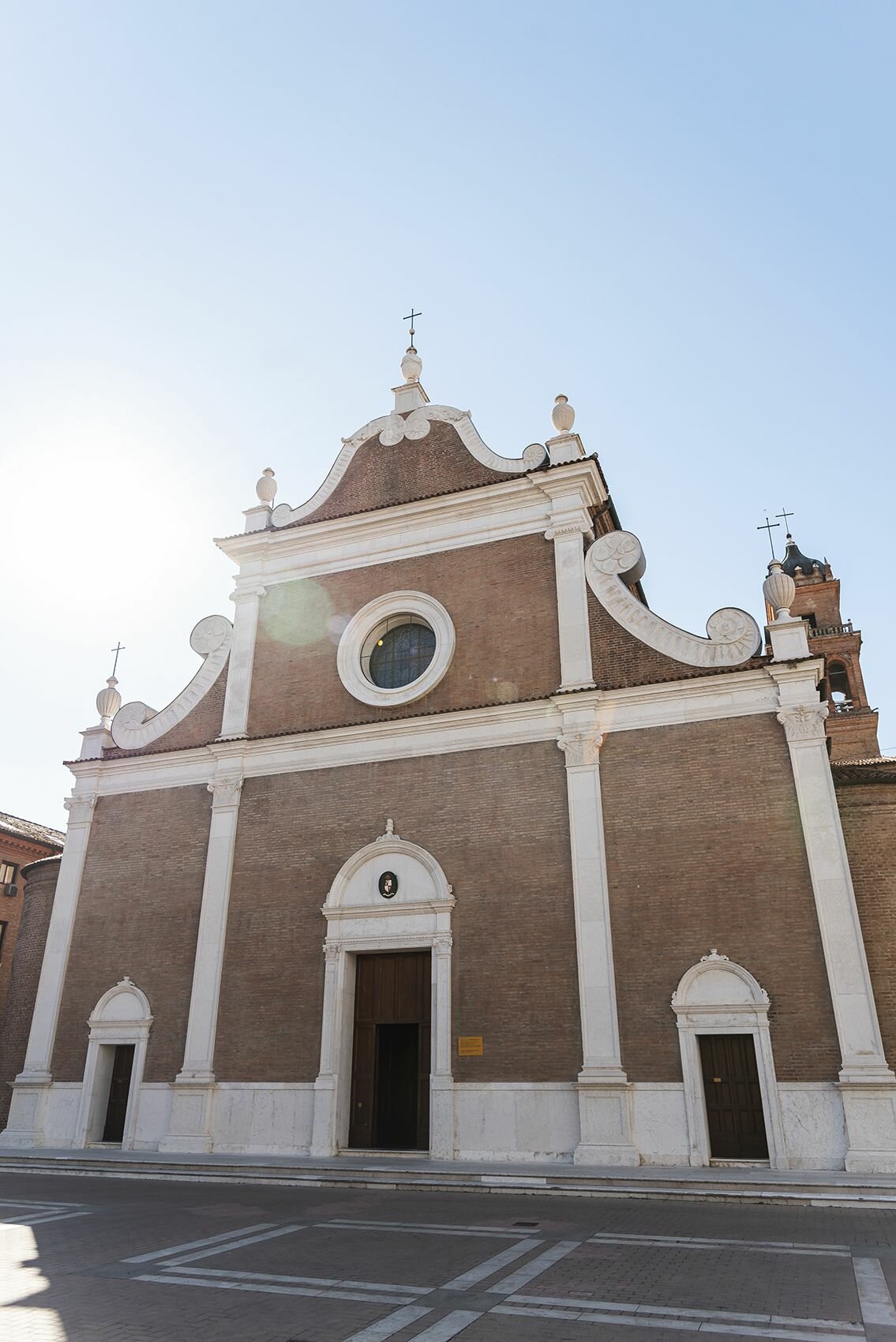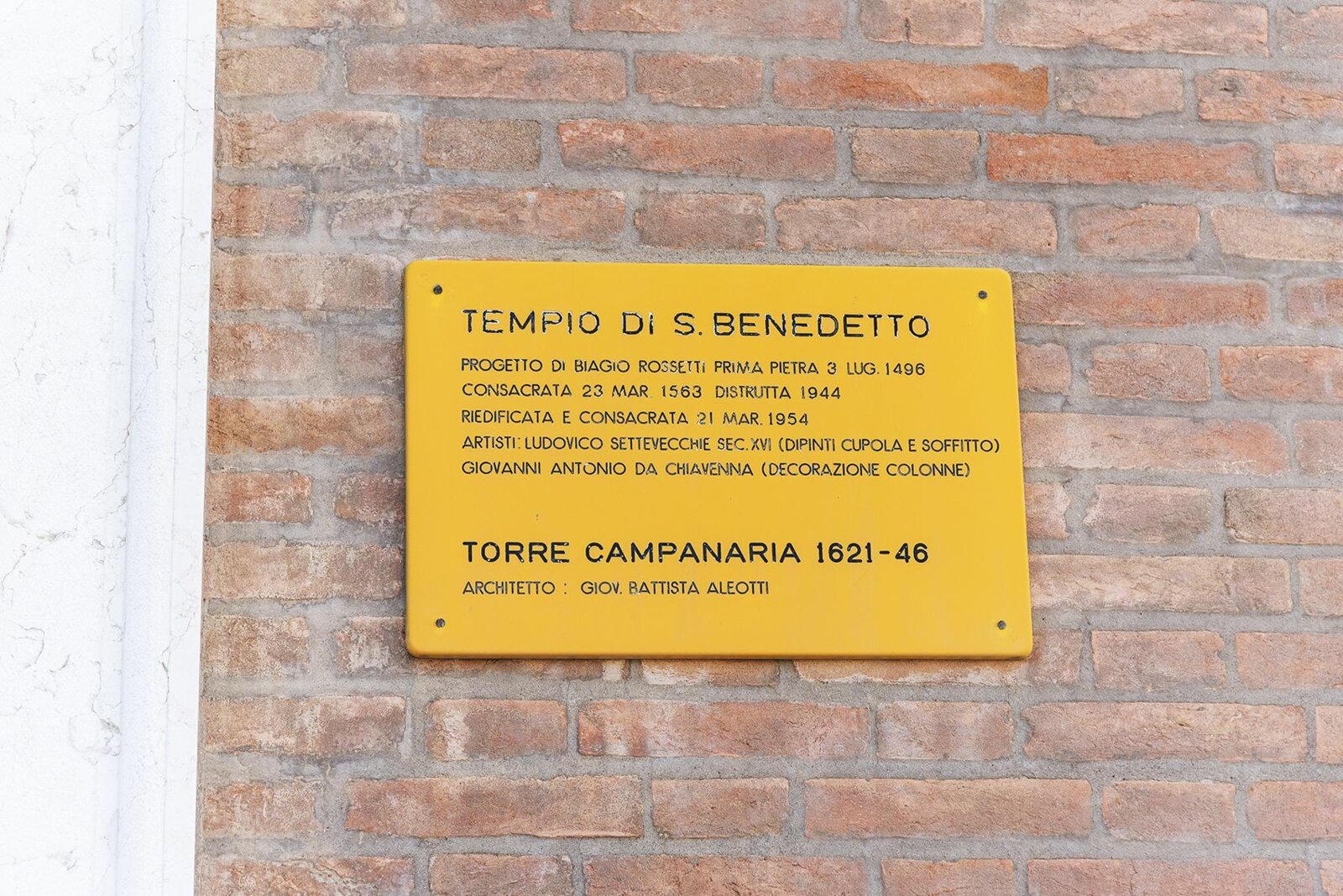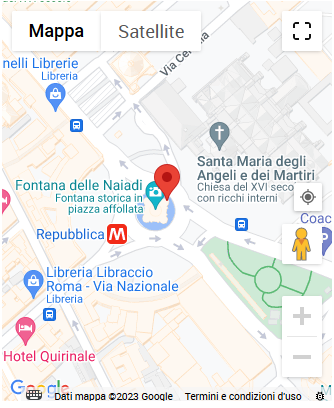Potrebbe interessarti anche

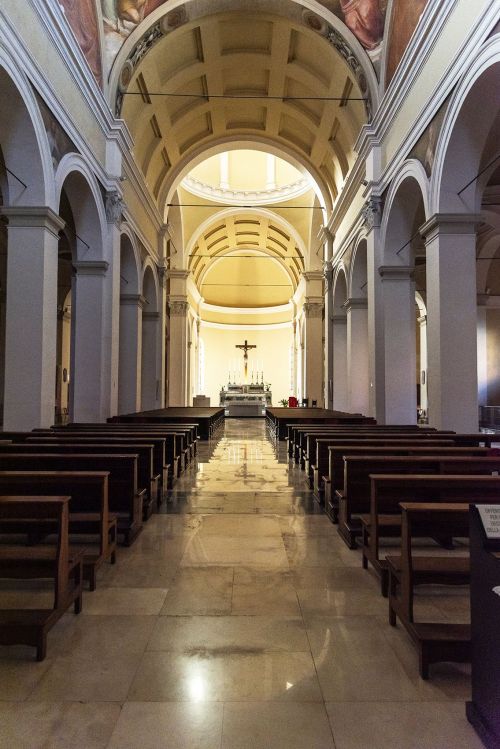
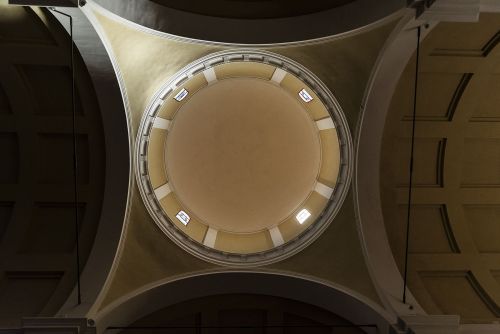
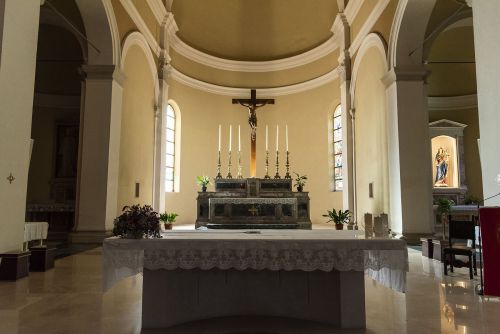
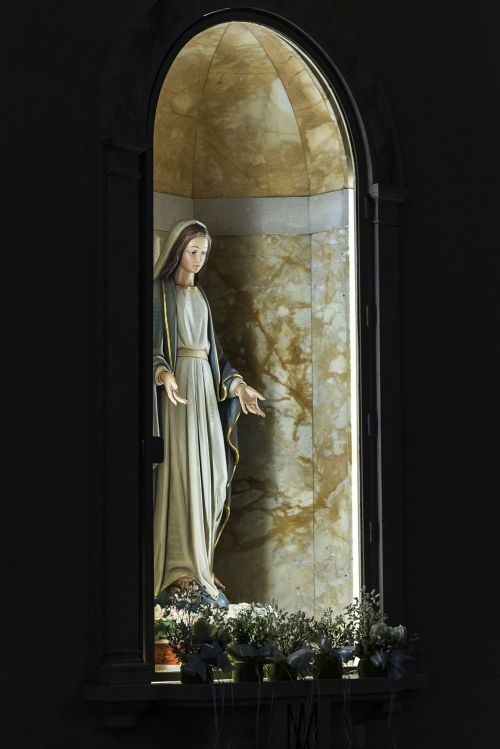
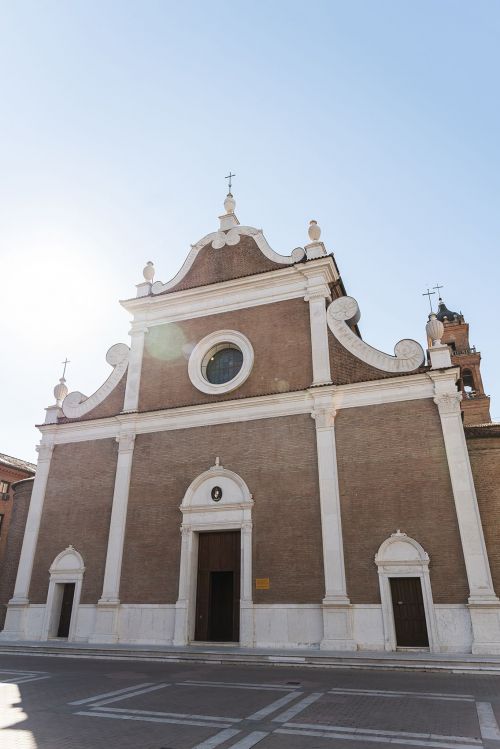
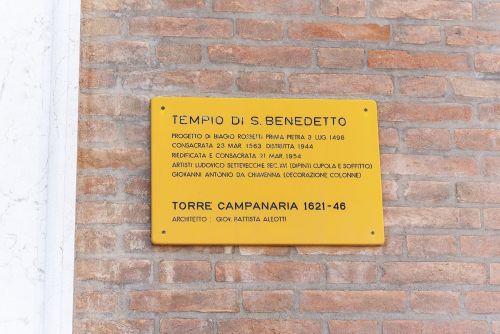
Church of San Benedetto
The Church of San Benedetto is located within the area affected in 1492 by the so-called Addizione Erculea, the innovative and revolutionary urban extension project designed by Biagio Rossetti. San Benedetto is a gathering place, a living centre of history and a cultural and spiritual pivot for the community. One glance is enough to understand the importance of this place for the city of Ferrara.
Historical Nostes
This elegant church was erected between 1496 and 1553 by Benedictine monks who abandoned Pomposa, the site of the abbey of the same name, to flee from malaria.
Originally finely frescoed, it was destroyed by the bombings that hit the city during World War II, only to be rebuilt later, faithfully following the initial design. Inside the church, you will find some furnishings that recall the lavish appearance it probably had in the past.
You may not know about...
LUDOVICO ARIOSTO'S FIRST RESTING PLACE. San Benedetto housed Ariosto's tomb from the poet's death until 1801 when it was transported inside the Ariostea Library. It was the poet himself who expressed to his son Virginio his wish to be placed in one of the chambers near the entrance of the church. Unfortunately, this chamber was later destroyed. The epitaph carved on his tomb is now preserved at the Vatican Library and is full of irony:
"Under this stone – or this mound, or under whatever the loving heir, the friend of the most loving heir or more appropriately the occasional wayfarer, may have decided – lay the bones of Ludovico Ariosto. He did not have the gift to foresee the future; and living was boring to him as much as it is for a corpse, to the point that he vividly desired the tomb. During his life, therefore, he thought of these words to be engraved on his tomb. If his limbs had once laid within the narrow prescribed space for his burial it is because the poor little soul would not find in there that which it had previously sadly abandoned here, and there, stirring up the dust, it went wandering for a long time."

